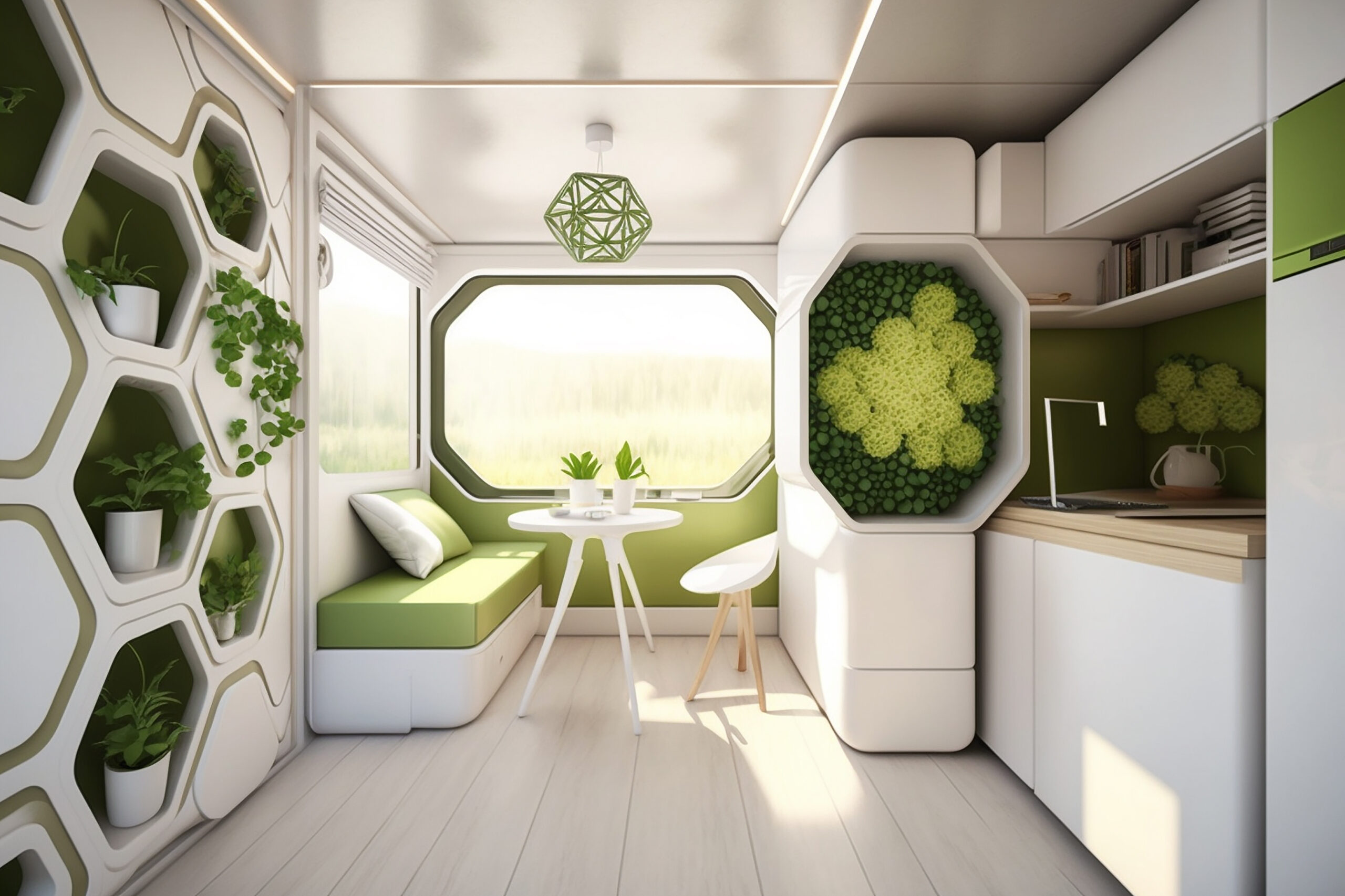Micro Homes, Co-Living, & more: Housing Trends on the Rise

The real estate industry is constantly evolving, with new trends and developments emerging every year. Let’s explore some of the latest real estate trends, including micro homes, co-living spaces, and more.
One of the most significant trends in the real estate industry is the rise of micro homes. These small, efficient homes are typically less than 500 square feet and offer a more affordable housing option for people who may not be able to afford a traditional home.
Micro homes have become particularly popular among millennials, who are looking for affordable housing options in urban areas. These homes often feature innovative designs that maximize space, such as fold-out furniture and built-in storage. They can also be built using eco-friendly materials, making them a more sustainable housing option.
Another trend that is gaining popularity in the real estate industry is co-living spaces. Co-living spaces are shared living arrangements where residents have their own private rooms but share common areas like kitchens and living rooms. These spaces offer a more affordable housing option, as residents can split the cost of rent and utilities. This trend is in demand among millennials who value the social aspect of living in a community and the flexibility that co-living offers. According to Pew, 31% of the U.S. adult population was sharing a home with someone they are not romantically involved with in 2017.
In addition to micro homes and co-living spaces, there are several other real estate trends that are worth keeping an eye on. One of these trends is the rise of smart homes, which use technology to automate and control various aspects of the home, such as lighting and temperature. Another trend is the use of modular construction, which involves building homes using pre-fabricated modules that can be easily transported and assembled on-site.
The real estate industry is constantly innovating with new trends and developments emerging every year. Micro homes, co-living spaces, smart homes, and modular construction are just a few of the latest trends that are shaping the industry. As these trends continue to gain popularity, the scope of “traditional” housing stands to look much different in the next 10 years.




